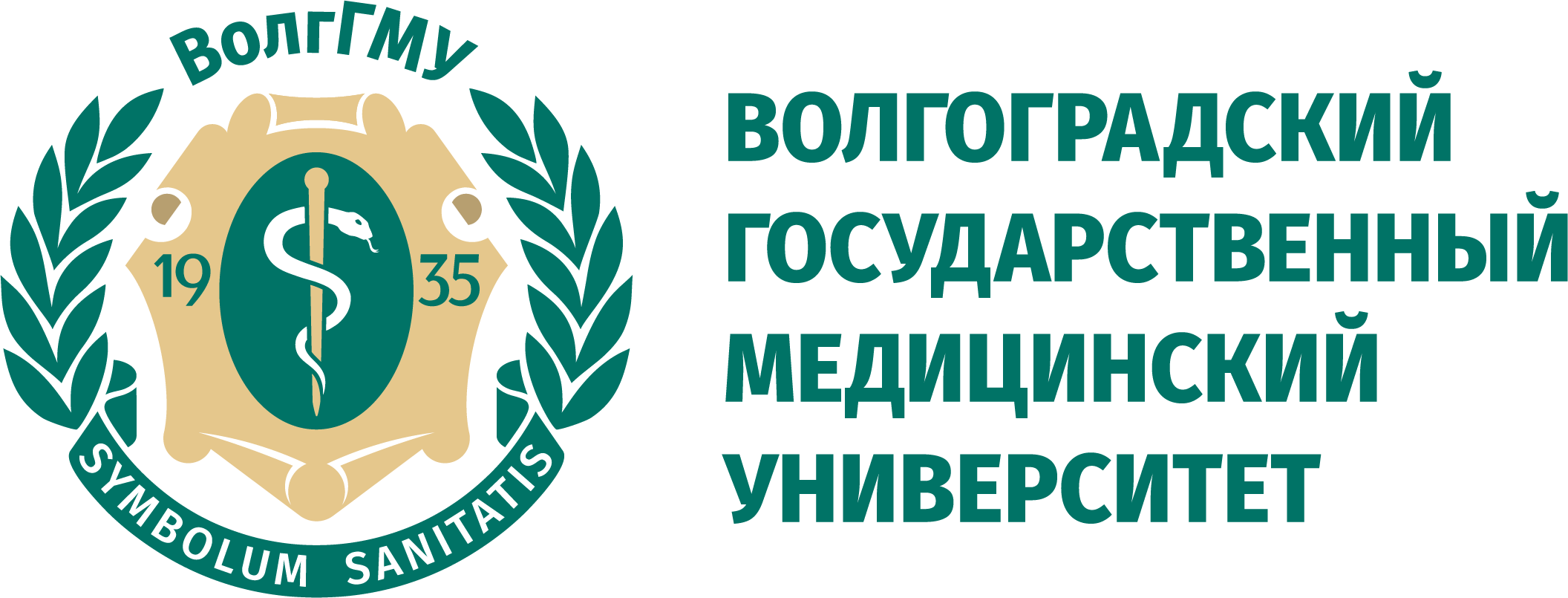Discipline "Molecular biology"
The list of questions
- The subject of molecular biology. The importance of molecular biology in the medical education system;
- The main classes of biological molecules: nucleotides, amino acids, carbohydrates and lipids;
- Cellular organelles (overview, structure, function)
- Central dogma of molecular biology, prokaryotic and eukaryotic gene.
- Principles of structure and biological functions of nucleic acids;
- Principles of structure and biological functions of proteins;
- Definition and biological role of enzymes;
- Chemical composition of the cell. Types of chemical bonds. Small and large molecules in the cell.
- The main types of chemical reactions in biological systems;
- Metabolic pathways. The concept of metabolism. Energy supply of metabolic processes. The role of macroergic compounds (bonds). Ways of using ATP (Adenosine triphosphate) energy;
- The concept of "omics" technologies in medicine;
- Structure and functions of nucleic acids. Primary, secondary and tertiary structure of DNA;
- Main differences between DNA and RNA;
- Levels of structural organization of chromatin. The role of histone and non-histone proteins in DNA compaction.
- Structure of human genome (histones, nucleosomes, chromatin)
- Methods for studying the structure and functions of nucleic acids.
- DNA replication: basic principles of matrix biosynthesis. Consistency of replication and cell cycle.
- Comparison of DNA replication in prokaryotes and eukaryotes
- Initiation of DNA replication: the scheme of the process, the main enzymes and their function.
- Elongation and termination of DNA replication: the scheme of the process, the main enzymes and their function. Mechanisms of biosynthesis of leading and lagging DNA chains.
- Types of DNA damages and their causes.
- DNA repair: the main mechanisms of DNA structure restoration. Violations of DNA repair systems and their biomedical significance.
- Medicine that inhibit replication.
- Stages of implementation of genetic information. The concept of transcription and translation
- The main types of RNA and their functions. Types of RNA polymerases
- RNA biosynthesis: stages of the process. Features of transcription in eukaryotes.
- Post-transcriptional modifications in eukaryotes. Role of splicing
- Protein biosynthesis. The genetic code and its properties. Function and structural features of tRNA
- Ribosomes: structural features in prokaryotes and eukaryotes. Active centers of ribosomes
- Features of gene expression in prokaryotes and eukaryotes.
- Gene Expression. tRNAs and aminoacyl-tRNA synthetases, ribosome structure.
- Principles of regulation of gene expression in prokaryotes. The theory of the "operon". Lactose and tryptophan operon.
- Levels of regulation of gene expression in eukaryotes. Packaging of genetic material.
- Euchromatin and heterochromatin. Regulation of RNA transcription and processing.
- Regulation of translation and post-translational modifications of the protein. Mechanisms of induction and repression of gene expression.
- The concept of genetic engineering. Goals, tasks, methods.
Последнее изменение: Пятница, 9 Июнь 2023, 13:35
